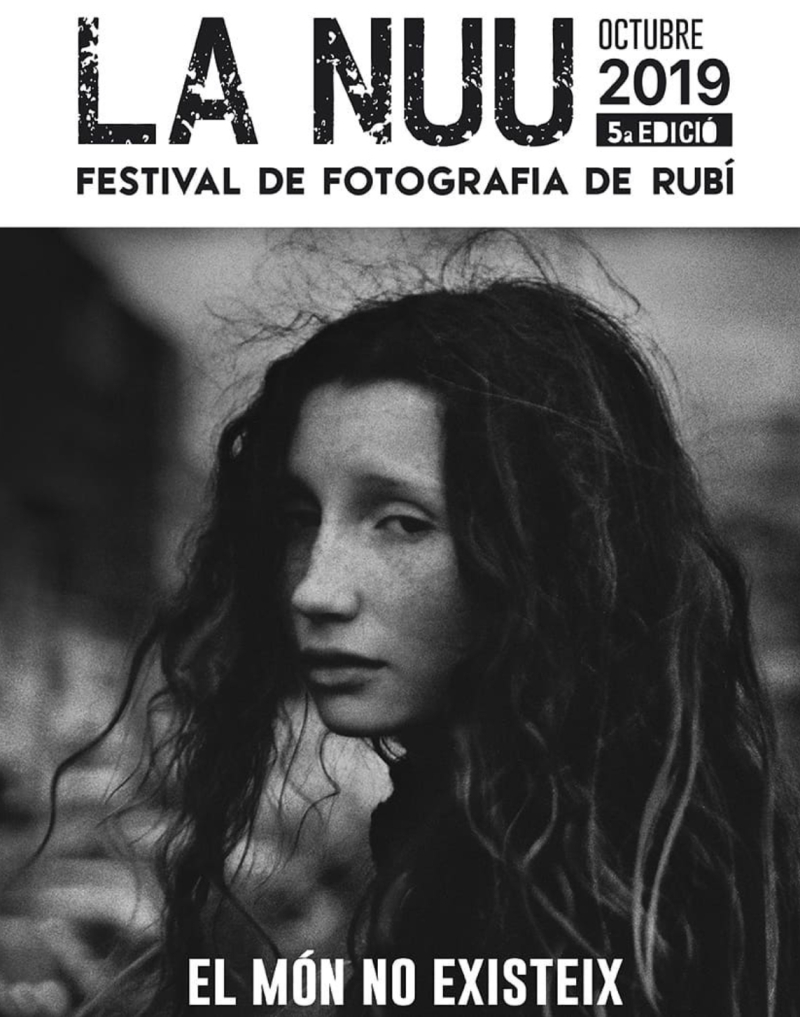Artistes
Marcel Pey
(Cardona, Spain, 1948)
According to the photographer Walker Evans, all good photography is literature. In the case of Marcel Pey, literature and visual art form an inextricable whole in which word and image celebrate their alchemical marriage. A poet, filmmaker and fine artist influenced by Pop Art and the American Underground movement, his themes revolve around violence, eroticism, panoptic control of consumer society and media manipulation.
Pey’s work is based on the appropriation of images through rephotography and photographic collage, cut through by the sharp knife of his poetry.
According to the poet David Castillo, “the word ‘poetry’ is the only one that can encompass his oeuvre as a whole”.
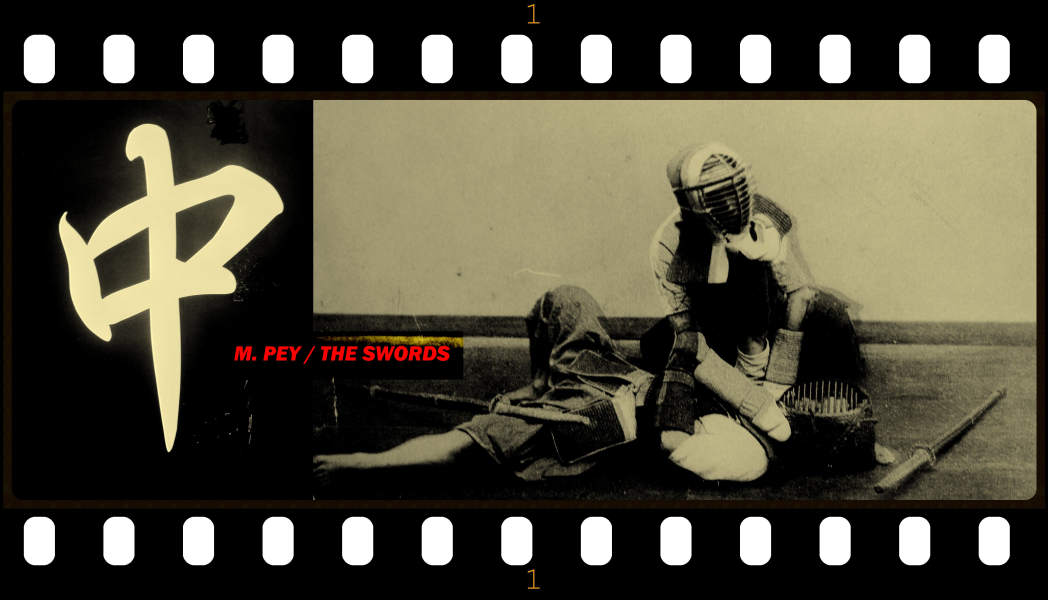
Pere Formiguera
( Sant Cugat,Spain, 1952-2013)
Pere Formiguera formed part of a generation of avant-garde artists who adopted photography as their means of expression in the nineteen-seventies. The work of this photographer, writer, historian, collector and exhibition curator always challenged the limits of the photographic language and proclaimed the artistic and experimental function of auteur photography. Influenced by artistic movements such as Dada, Concept Art and Fluxus, Formiguera’s work explores photomontage, sequencing and hybridisation, among other techniques. The curator Juan Naranjo describes this creative process of hybridising photography and painting as follows: “He intervened in his photographs with poor materials such as marker pens. His distancing from technical virtuosity is linked to his artistic stance, and he uses this aesthetic as an element to distinguish his work from professional applied photography”.
Pere Formiguera's first exhibition took place at the former Library of Rubí in 1973. On this occasion, he returns to that city with a series of Polaroid shots taken with an SX-70 camera. The technique of manipulating and damaging the image at the moment it is developed creates magical, painterly results.

MARGARET LANSIK
(Oldenzaal, Netherlands, 1961 )
Margaret Lansik’s delicate black-and-white shines like the moon in the middle of a haiku. Her photographs are wounded by light in the same way that time wounds the skin of the world. Landscapes and fragments of a woman's naked body are fused in the long, vertical space of the kakemono.
A golden seam crosses her images in the manner of Japanese art of kintsukuroi, a traditional technique of mending broken pottery using gold that highlights the cracks and repairs. The beauty of what has been broken yet persists despite its fragility.
Borders of Nothingness received the prestigious Hariban Award in 2019.
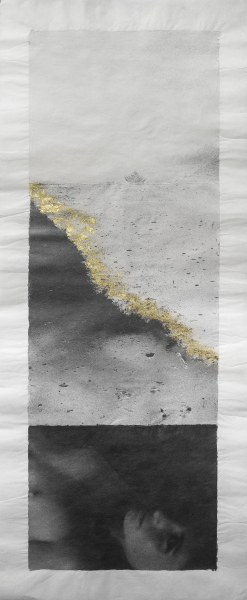
ZHANG XIAO
(Yantai, China, 1981)
The photographs in Zhang Xiao’s work They seek the extraordinary in mundane everyday activities. Eyes wide open, Zhang Xiao scrutinises his closest surroundings and talks to us about others as if he were a stranger in a strange land.
The reality of Chongqing, where he lives and works, amazes him as if he were a new Marco Polo discovering China. This series of images was taken using a very peculiar toy camera, the legendary Holga. The Holga’s square format and plastic lens produce deeply saturated colours and light distortion that makes the edges of the image fuzzy. Despite the documentary nature of They, the series presents us with a dreamlike, misty, surreal and sometimes kitsch world full of humour and absurdity.
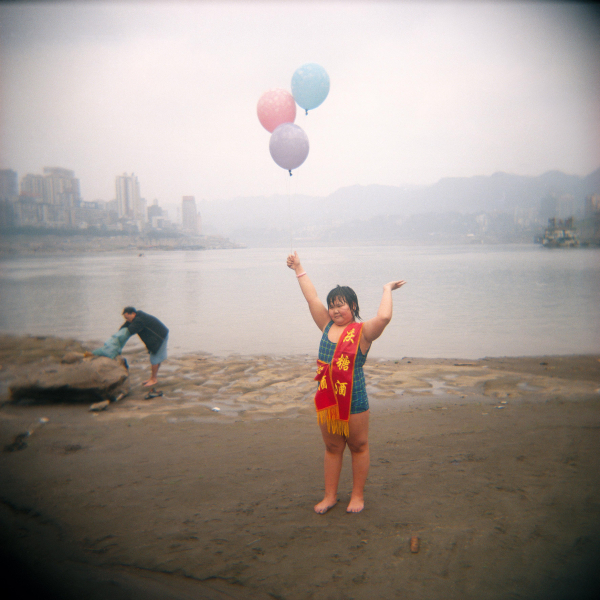
AURORE DAL MAS
(Ottignies, Belgium, 1981 )
Dead End Dust is a reworking of two different works by this artist, Sans issue and Polvere. In it, the photographer’s Polaroids with their faded colours shows us natural and urban landscapes full of solitude. These are beautiful yet desolate landscapes that mourn human absence. Images filled with tenderness and sorrow where no one can live. A strange and disturbing world in which human beings seem to have disappeared. Side-by-side this we also find images as black as coal in which men and women with veiled faces are trapped in darkness.
Time standing still, and the eternal night.
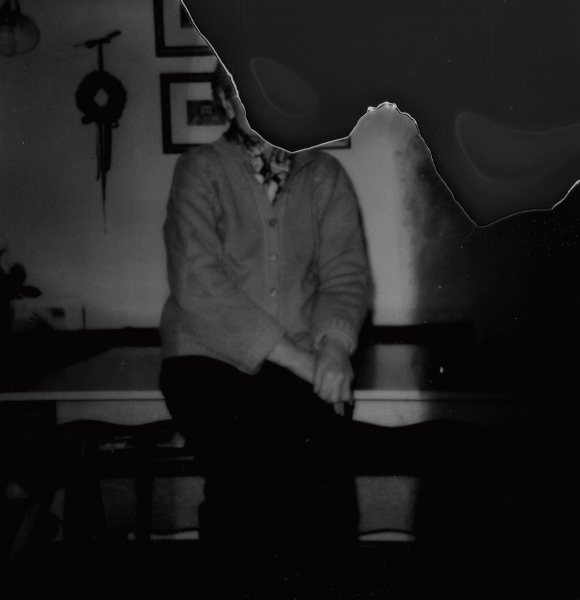
TEREZA KOZINK
(Kranj, Slovenia, 1985 )
Tereza Kozink's photographs trace the steps of her life and travels. They are her compass and her roadmap. Geographically distant spaces bound by an invisible thread to the heart of the earth. The narrator of this intimate diary is always at the centre of her world. She photographs less to remember what she has seen than to remember what she felt while photographing.
A frontal gaze that records simple images like a seed that germinates and grows into a leafy tree. A reality seen against the void, and a red staircase that leads us to other worlds.
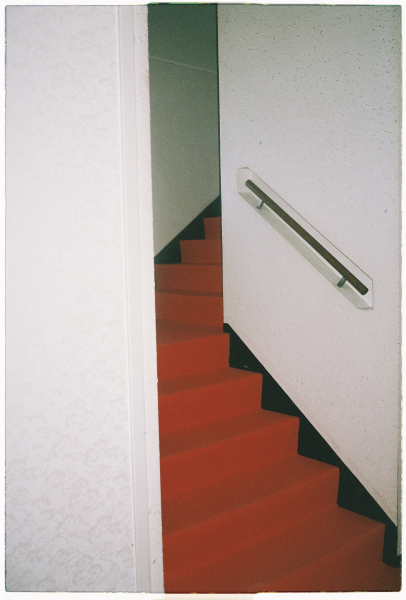
LILY ZOUMPOULI
(Thessaloniki, Greece, 1991 )
The visual diary and self-documentation form the guiding thread that runs through the images of this young photographer. The quest for and experimentation with one's identity, with its moments of joy and its moments of sorrow, love and heartbreak, certainty and uncertainty. Lily Zoumpouli photographs her private world and her circle of her friends with a sincere but also sexual and provocative gaze.
Emotion is a very important element in her work. Apart from any descriptive or narrative element, the poetic air does much to explain the current in this tumultuous river. A visceral and sometimes brutal journey that is not without its share of tenderness.
Another interesting feature of her work is her peculiar use of colour, combining saturation and desaturation with a clear taste for technical imperfection, which imbues her images with life and authenticity.
A song of love for life amidst the chaos of the experience of being young. A photographic reality infused with fire.
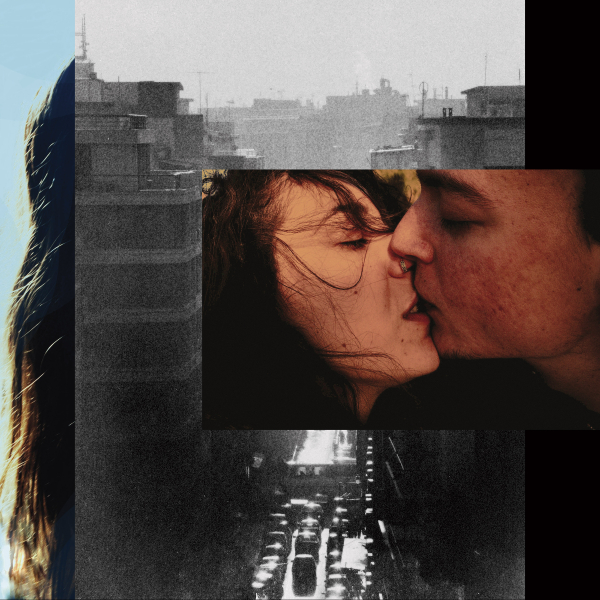
MARIA STURM
(Ploiesti, Romania, 1985)
In his essay Cosmos, the controversial philosopher Michel Onfray speaks of what he calls “bookish illiteracy”: “There are too many books that dispense with the world while at the same time claiming to describe it to us (...) A huge library has been installed between men and the cosmos, nature, the real”. Onfray’s philosophical stance urges direct contact with the cosmos and nature, a return to the origins of humanity before the invention of time measuring instruments. To him, the Roma people represent wisdom, the power of intuition and vitality as opposed to Western decadence. The nomadic life of circular time amid the cycles of Nature as opposed to the mutilated, sedentary life of linear time. An existence that poetically reads the cosmos within a pagan logic full of foundational myths and tales. Each different worldview implies a different way of life.
Be Good features portraits of young Roma couples who have just married, their traditions and wedding rituals in which the virginity of the bride is sacred. Children who suddenly become parents in a society that does not know the concept of youth. This work received the Dummy Award at the DOCfield Festival of Barcelona in 2015.
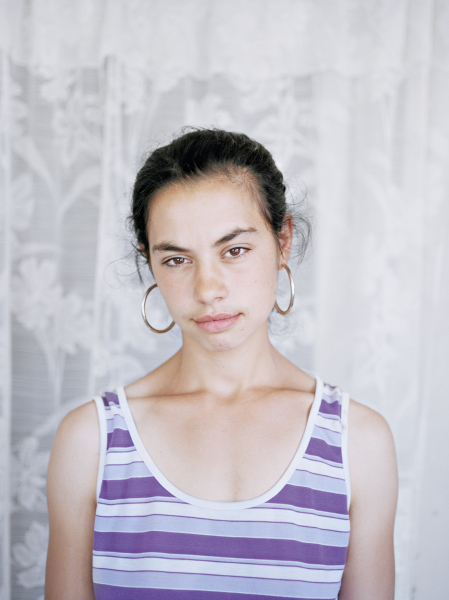
TATIANA GUTIÉRREZ
(Elche, Spain, 1983 )
Horondo Soko Ni (“Nearly There”) is Tatiana Gutiérrez’s first photographic project. Nevertheless, her work is instilled with an unusual maturity. Full of talent and great visual intuition, this photographer has quickly found her own voice. Taken during a trip to Japan in April 2018, her images comprise an introspective narrative of her journey. In it, inner world and outer world intertwine to portray her loneliness and so create a poetic, dreamlike imaginary. Tatiana Gutierrez closes her eyes to decipher her surroundings and looks closely at reality in order to know herself better.
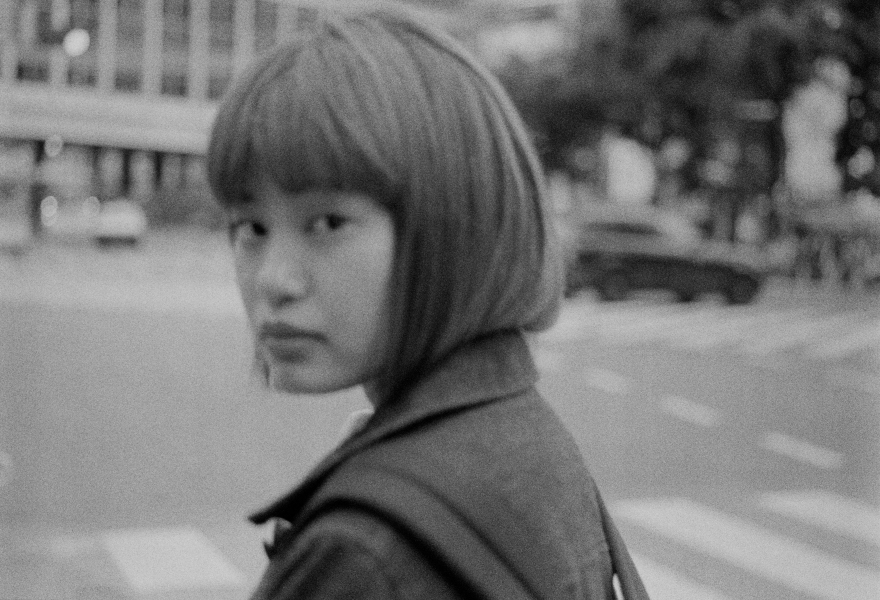
PATRICIA BOFILL
(Barcelona, Spain, 1973 )
According to the artist herself: “Invisible Infinito brings us face-to-face with the limits of representation, with an ambiguous , opaque and elusive photographic language whose relationship with the real is fragile, precarious; and with a world – that of the image – that lacks all visual certainties”.
Her photographs are a kind of counter-landscape that struggles to capture the material essence of the soul. As in a Chinese Tang dynasty painting, black on black, Patricia Bofill expands her essential forms on the canvas of Nothing. Emptiness and fullness. Sun and shade. Stone and ash. A paradoxical language full of opposing formulations.
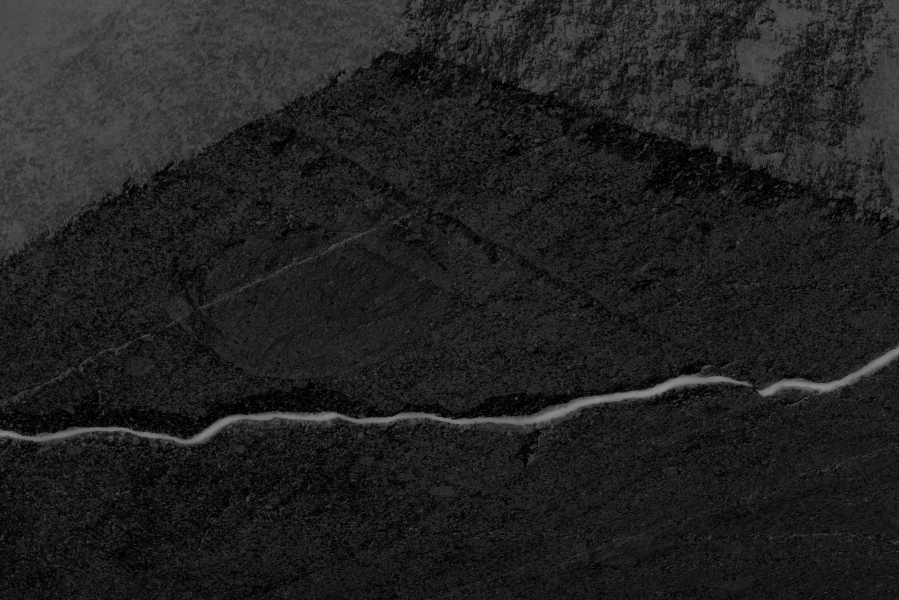
GABRIELLE DUPLANTIER
(Bayonne, France, 1978)
Terres basses presents an intimate, poetic and essentially feminine universe. Night landscapes with tremulous contours, isolated spaces in an uncertain city, and portraits of women and children. The Basque Country and Portugal are the geographical scene for these photographs, an internal domain of sorrow and mourning. A return to her origins after the death of her mother. A province from the past, frozen in memory. A melancholic black and white that helps her both to distance herself from reality and to talk about her reality.
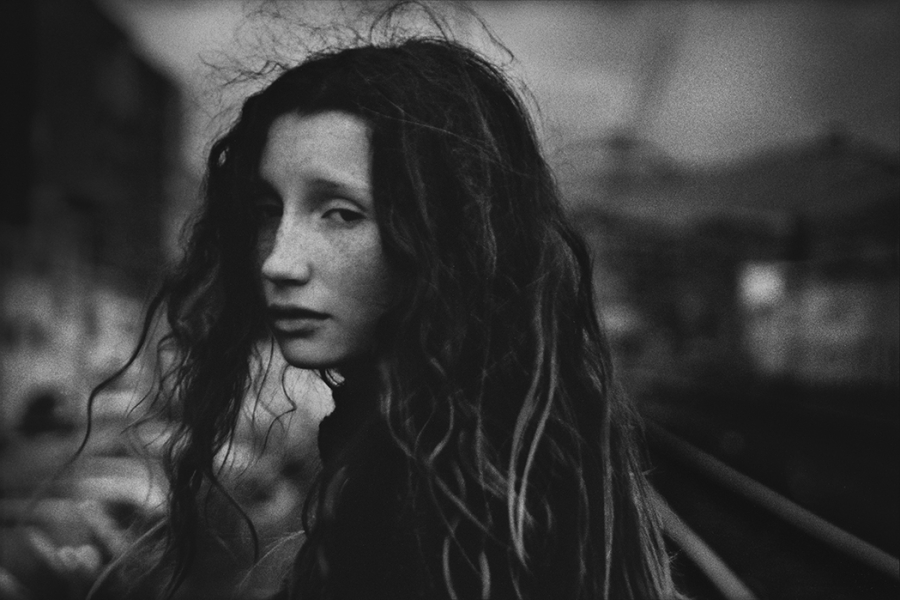
ALISA RESNIK
(St. Petersburg, Russia, 1976)
Her tremulous colours, blue, red and green, are reminiscent of Caravaggio’s dark shadows, accentuating the despair of her characters, trapped in a perpetual night.
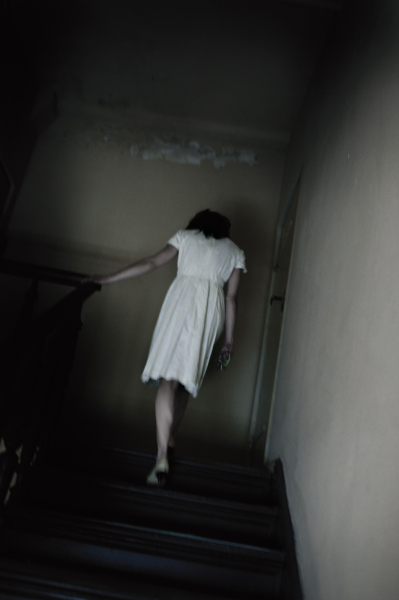
STÉPHANE CHARPENTIER
(Nantes, France, 1974 )
Stéphane Charpentier is a multidisciplinary artist who uses photography, video and sound art in his practice. His high-contrast photographs are full of shadowy darkness and blinding light. This is work that challenges the duality and false antinomies of Western thought. There is no shadow without light.
The Core of the title refers to the core of reality: the heart of man and the primordial world of the atom. An attempt to explore a certain understanding of existence.
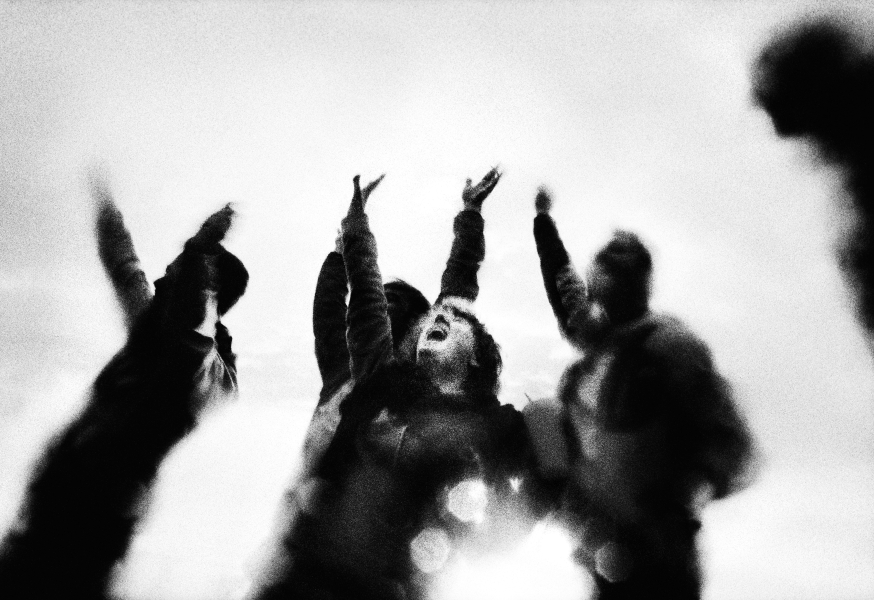
Leitmotiv
THE WORLD DOES NOT EXIST
This year, La Nuu Festival, staged for the fifth time, takes as its motto the title of the Spanish translation of Markus Gabriel’s book Por qué el mundo no existe [“Why the World Does Not Exist”], published by Pasado&Presente.
This young German philosopher (Rhineland, 1980) declares that the world does not exist and that it is precisely for this reason that all other things exist except one: the world.
One of the founders of the philosophical movement known as New Realism, Gabriel’s thinking opposes both materialistic realism and idealistic metaphysics.
When Markus Gabriel states that the world does not exist, he does not mean that everything is an illusion, as the Hindus believe, a deceptive reality created by the dream of the God Brahma; quite the opposite.
The universe exists – that is a fact – but, Markus Gabriel also criticises the view of scientific materialism that reduces the world to the universe of physical objects.
The world does not exist, because it does not appear in the world, that is to say, there is no one, single, absolute reality. There cannot be a whole that includes itself.
In Markus Gabriel’s view, the world is the field of all fields, and the universe another field among all the others. That is to say, that the universe is the field of material objects, and should not be confused with the definition of the world. The universe is not the whole.
Under the concept of the universe we understand the conceptual domain of the natural sciences, but the world (reality) is significantly larger than the universe. There are many intangible objects, such as our thoughts about the world, or abstract ideas such as god and nations.
Reality is not a place, and everything that exists does not need to exist in reality. Numbers do not exist in reality, nor does the Macbeth of the play yet, in spite of everything, these things do exist.
Markus Gabriel’s philosophical stance is known as the “ontology of fields of sense”, as it divides reality into multiple independent realities, which he calls ontological fields or domains. Everything that exists, then, appears in a field of sense.
These ontological domains may be formed by material objects, such as the universe, or by imaginary objects, like a witch, who may exist in a fairy tale but not in the domain of the universe.
Everything that does not exist exists even if it does not exist in the same field or domain. Everything that that there is exists somewhere, even if only in our imagination.
According to this reasoning, a world that encompasses all fields of sense does not exist in any field of sense, and that is why Markus Gabriel declares that the world does not exist.
There is no one world, but an infinite number of worlds, and it is simply false that everything is interconnected.
The world cannot be defined reasonably except as the field of all fields, and it is precisely that which encompasses everything that does not exist.
Hence the paradox: everything cannot be part of itself.
An overall view of the whole is impossible because the whole does not exist, we only know part of the infinite.
We never reach an end; we never reach the final field of sense in which everything appears.
All conceptions of the world are false because they represent a world of which it is necessary to form an image.
We cannot form an image of the world because we cannot see it from outside. We always look at reality from a point of view.
The photographic works featured at this fifth La Nuu Festival meditate on and question our concept of reality while also encouraging us to rethink the margins and the future of visual representation of the world, what is traditionally known as Imago Mundi.
According to such authors as Fred Ritchin and Joan Fontcuberta, photography as we understand it has come to an end. The digital revolution of the image and the advent of internet and the social networks have generated the birth of the post-photographic era.
While photographs once served as reliable testimonies of real events, digital images now seem to be the place where reality takes shape.
In the end, the world does not exist
